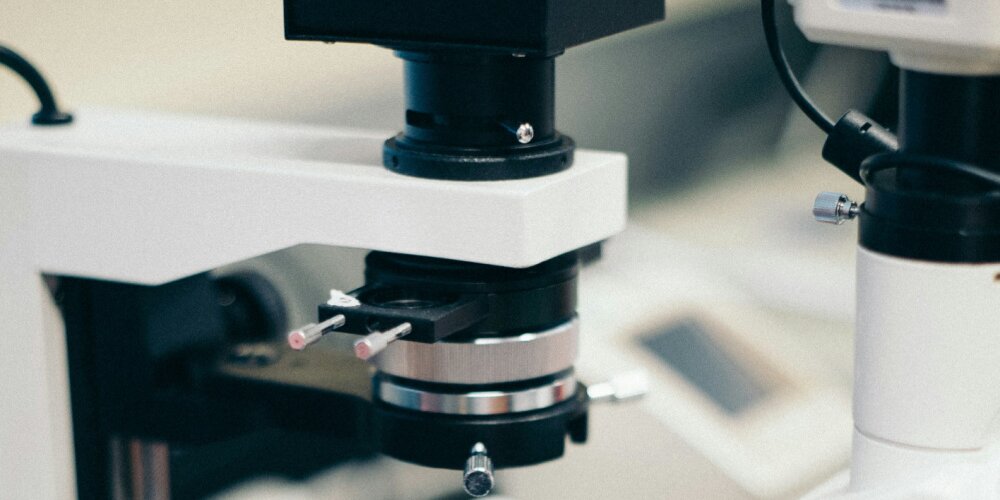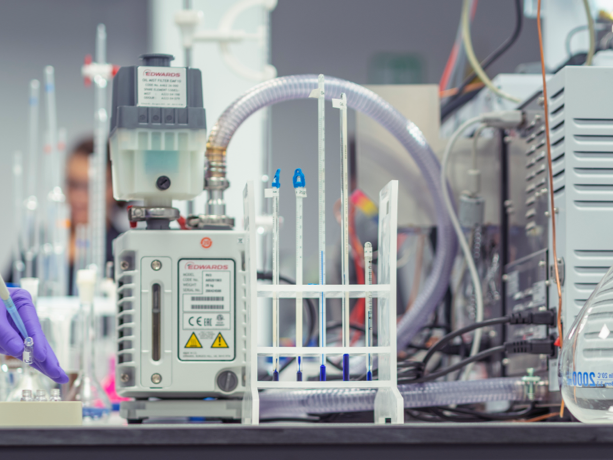Researchers Explore Electrochemical Ozone Production on a Molecular Level

Most of the time, when you hear the word ozone, you’ll probably be thinking of the protective layer in the atmosphere that absorbs ultraviolet radiation from the sun (particularly UVA and UVB). But, on the ground level, ozone can play an important role in water decontamination.
Since the 19th century, traditional water treatment techniques have relied on chlorine to disinfect and eliminate bacteria (and other pollutants) in water. However, chlorine tends to linger in the water supply. Whilst this continues the disinfection process, it can also leave an unpleasant odour and/or mild taste.
On the other hand, ozone water treatments are gaining popularity for several reasons, including:
- Ozone is more effective than chlorine at disinfecting water.
- Ozone dissipates after a short time, leaving no residue.
- Ozone can oxidise metallic elements within water, causing them to solidify (which can then be removed via filtration).
- Ozone disinfectants cause minimal or no material waste.
But how does a gas work to decontaminate water? Ozone is a strong oxidiser, which means that it can take on electrons from other atoms. From a disinfecting standpoint, using an oxidant like ozone weakens the bonds in organic materials, disrupting their cells and killing bacteria, viruses, and other contaminants.
Unfortunately, ozone water treatments are currently prohibitively expensive, which has limited the availability of the technology. To combat this, and perhaps make the technology more accessible on a wider scale, a collaborative team of researchers has conducted an in-depth investigation into electrochemical ozone production at a molecular level.
According to John A Keith, an Associate Professor of Chemical and Petroleum Engineering at the University of Pittsburgh, ‘EOP for sustainable disinfection would make a lot of sense in some markets, but doing it requires a good enough catalyst, and because nobody has found a good enough EOP catalyst yet, EOP is too expensive and energy-intensive for broader use’.
So, the research team – made up of members from Brookhaven National Laboratory, the University of Pittsburgh, and Drexel University in Philadelphia – experimented with nickel- and antimony-doped tin oxide (NATO) to understand how the catalyst behaves during electrochemical ozone production. As this is one of the more promising, and less toxic, catalysts available, it was considered a good starting point to understand the molecular behaviour displayed during the reaction.
For example, does the catalyst degrade, thereby causing a reaction? If so, then research should turn to improving stability. If not, is ozone forming in another way that’s more desirable?
Interestingly, their research suggests it’s a mixture of the two. Using a range of advanced techniques, including mass spectrometry and computational quantum chemistry modelling, the team were able to construct a timeline of catalytic behaviour on an atomic scale. This showed them that a small amount of nickel is released, promoting chemical reactions near the catalyst that generate ozone.
This research shows a clear value for the commercialisation of electrochemical ozone generation, and the team hopes that by deepening our understanding of how electrochemical production works, future methods will be able to use more efficient, effective, and economically-viable catalysts.
The Lab: home of advanced materials analysis
When it comes to advanced materials analysis, our experts at The Lab are unmatched. From corrosion analyses, to paint blister analysis, or even material roughness, our team has access to the latest technology to find answers you can trust – in the form of a state-of-the-art Olympus DSX1000 Digital Microscope.
As one of only a few in use in the UK, choose The Lab at Brookes Bell for your materials testing and advanced microscopy needs.
Discover our advanced digital microscopy services at The Lab
For more information, the latest news, and industry insights, explore The Lab’s News and Knowledge Hub…
New Technique Films the Flow of Hydrogen Atoms | Groundbreaking New Research Challenges Conventional Water Molecular Structure at Surface Level | Researchers Develop New Atomic Force Microscopy Technique
- Author
- Dr Caroline Young
- Date
- 16/07/2024
